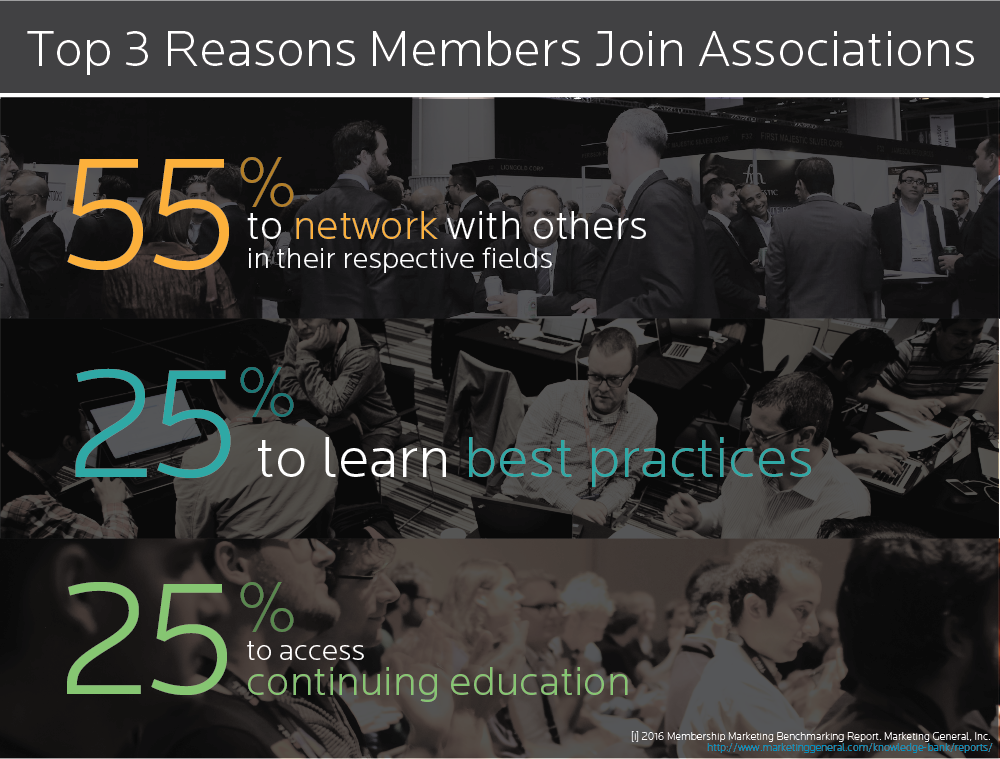How Not To Fake Your New Member Onboarding Process
There is a right way and a wrong way to onboard new members to an association. It’s important to know which way to go since, you know, you never get a second chance to make a good first impression.
But even when new members can’t get their credit card numbers into the online membership signup form fast enough, it’s up to you to welcome them into the association in a manner that says, “we are so glad you’re here.”
Let’s break the new member onboarding process down into smaller pieces:
Communication
It’s definitely not a good idea to kick off the communication to new members with a reminder that membership fees will be due a year from your signup date. Instead, use your introductory email (a personal phone call is better) to thank the member for his or her decision to join the leading association in the field and provide them with all of the tools and information they need to join the conversation:
- Personal point of contact in membership services
- The website URL for the trade association
- Member passwords to the private online community or members-only pages of the association website
- Instructions for what to do when a member loses his password
- Links to social media sites for the association: Facebook, LinkedIn, Twitter
 Personalization
Personalization
Many associations follow up the introductory email or call with a welcome kit, membership card or certificate. But in this digital age, you can do one better than paper and snail mail. How about access to a personal web page where the member can find resources that match his personal interests (see paragraph below) and a mentor who has agreed to walk him through his experience in the first year? A card or certificate can be replaced by a digital web badge or member logo art for his business cards.
The three main reasons members join associations are to network with others in their respective fields (55%), learn best practices (25%), and access continuing education (25%).
Why not find out what specific topics new members are interested in during the onboarding process so that you can send them updates or place relevant content on their personal webpages (see paragraph above)?
Humanization
Never underestimate the power of a personal check-in a couple of times per year. Most associations sign up new members then commence broadcasting to them for the next 12 months. In fact, the only time most member services staffers talk to members is when they ask them to renew their membership once per year. Think about how you can install a process to reach out periodically to new members the first year to find out what they’re doing and what they need?
And finally, when your new member comes to his first annual meeting, don’t miss out on the opportunity to show him around (use your mentors for this), break the ice (help him meet the people he wants to meet), show him the ropes (new member receptions are great for this), and revisit the information and resources he needs to succeed as a member.
What not to do:
The wrong way to onboard a new member? Sign him up, take his money, send him an email or a welcome kit—the same kit every other new member receives—with general information, and then never speak to him again until it’s time to renew his membership.
What to do:
The right way to onboard a new member? Make member services staff available, personalize association offerings, and provide other human beings to mentor and nurture members whenever possible.
What’s Next?
- Wondering how to bring association members back to renew for another year? Here are some practical tactics on increasing member engagement throughout their relationship with your association.
- You’ve run an incredible association event with an event app. Now what? Check out these 5 strategies to keep attendees engaged post-event
 Personalization
Personalization